The following essay started out as my own attempt to try and codify strategies to improve my creative output. Advertising & Marketing are industries that feed on new ideas, so any strategies to improve ideation are always important.
It has ended up being a much larger two part deep dive into the theory of flow, one of the more interesting recent scientific theories on where creativity comes from.
Part 1 will outline some of the problems we are currently facing, and introduce a crash course into the theory and science behind flow. Part 2 will be a much more grounded and practical framework for introducing more flow into our lives, hopefully maximising creativity as well as happiness in the process.
The Theory of Flow
There is no doubt that humans have made extraordinary leaps in the time we have been on our planet. Right now, we live in an era defined by huge advances in medicine, quality of life, longevity, resource acquisition and abundance. We also have some ongoing and upcoming thorny problems that we still need to address.
The purpose of this essay is to explore two elements of this equation;
- The need to drive greater happiness
- The desire to spark deeper creativity.
Present Problems
Right now, we have some deep systemic cultural problems manifesting in our workforce. Shifting values from Generation X to Z and increased technological disruption have not meshed well - instead they are leading to greater levels of uncertainty and unhappiness.
A 2013 Gallup report ‘State of the Global Workplace’ reveals that the bulk of the workers worldwide (63% or 900 million people) are “not engaged” at work, with a further 24% stating they are “actively disengaged”. This means over 3/4 of workers worldwide are unhappy, unproductive, lack motivation, and are unlikely to invest in discretionary effort in organizational goals and outcomes. This has a massive impact on creativity and output.
It gets worse when you take into account Deloitte’s 2014 Global Human Capital Trends report. Some of their findings include:
- 86% of business and HR leaders believe they do not have an adequate leadership pipeline
- 79% believe they have a significant retention and engagement problem
- 77% do not feel they have the right HR skills to address the issue
- 75% are struggling to attract and recruit the top people they need
- Only 17% feel they have a compelling and engaging employment brand
This is creating a sense of operational paralysis. Traditional organizations are struggling to attract workers, and when they do, they can’t seem to create happy work environments to support them. Out of all of the skills valued most by business leaders, creativity continues to be highlighted as the number one attribute we need to foster in employees and leaders to meet new and emerging challenges.


